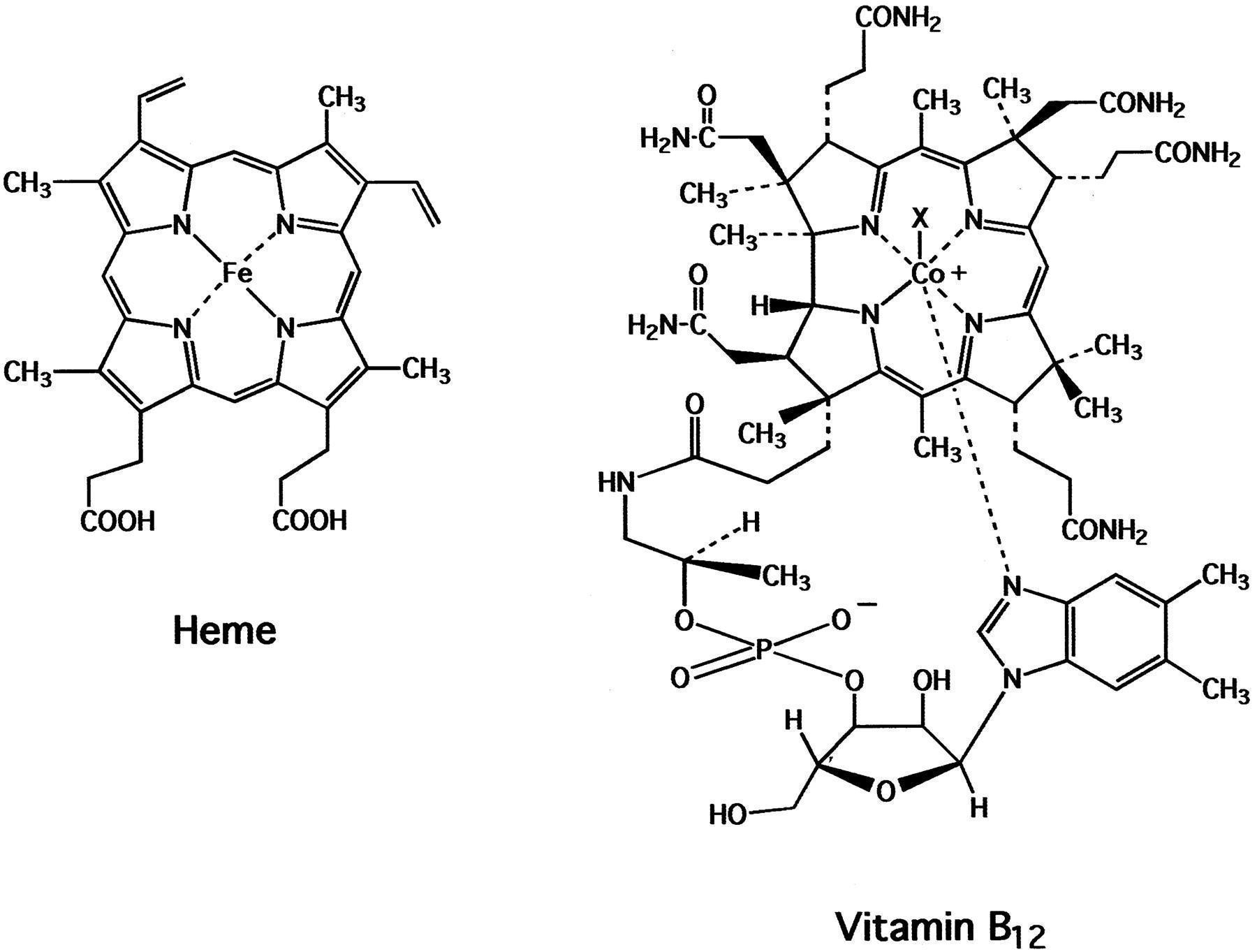Amazoniac
Member
I agree, but not enough to cause that, it must be something else. You can ingest whole pieces of carrots mentioned above and they won't have such effect. Since 4 beans or so cannot be responsible for the vomit, you might even argue that the chewed beans were to blame. That, or the inverted push-ups after the meal.Actually I do think unchewed food is a big problem in indigestion. Even if the substance is hard to digest, a thorough chewing cuts down the indigestion immensely.
Last edited:

